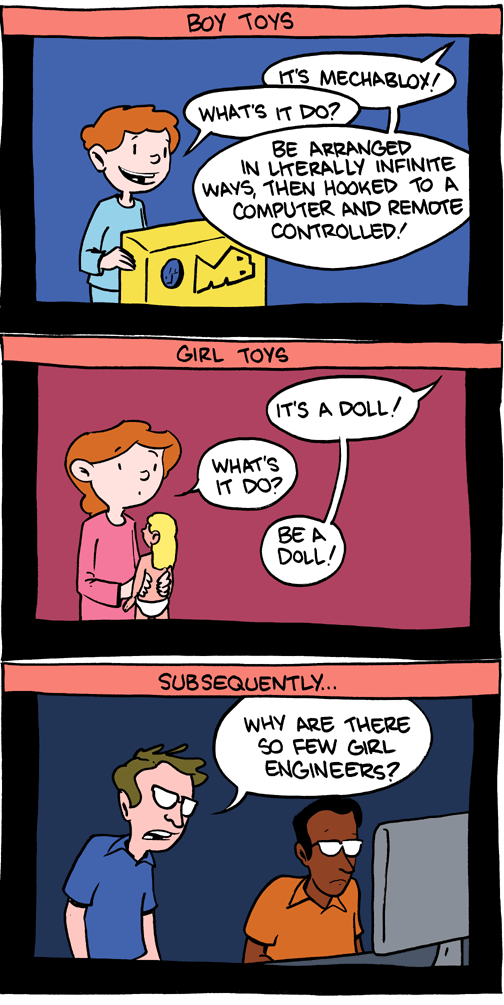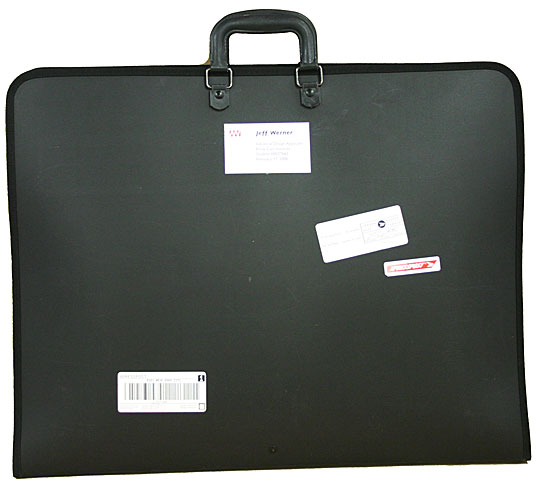
I realize it is not quite Sunday, dear readers, but I was reading
Twyla Tharp's book The Creative Habit before nodding off to sleep here in Georgia and was struck with inspiration for this week's post. I suspect that this book will be a source of many posts over the next few months as it was recommended by and now required reading for one of my professors.
The premise of the book is a discussion of how to make creativity habitual, something that does not leap out at us blindly, but a product of our imaginations that we can conjure as we need to. Tharp discusses the necessity of schedules and rituals, and, in the most recent page, the importance of solitude and lack of distractions.
For the last few months I have, miraculously, had the graduate office space to myself. My apologies to the recent graduates and incoming students, but this solitude has been a blessing. I joked, at first, about the emptiness of it and how lonely it felt, but the honest truth is that I work best when I am alone.
This has often been the case.
I did not do well in group projects in school, often ending up doing it all on my own. The year that I shared a room with my younger sister in high school was, perhaps, the single worst year of school I ever experienced. And, up until this beautiful, lonely summer, I work in my apartment bedroom more than my office despite not being equipped, really, with any supplies or proper space because of the simple fact that I can close the door and shut out the world.
Now, Tharp argues against distractions of all kinds (from watching movies during the lifespan of a project to ignoring numbers to not playing music in the background). These things make sense. But she also discusses the importance of solitude, and the state of mind that is a "quietness without loneliness." She says it is a form of meditation, but instead of clearing the mind, you let it wander. You embrace the mind's randomness and pay attention to the patterns that emerge while it is allowed to flit about unfettered.
Because I do prefer to have some background music and I don't intentionally avoid movies or TV during a project (though it seems to happen for time reasons alone), this idea of letting the mind wander captured my attention. But even more so, because of the place I am at personally and a philosophical conversation I am currently embroiled in, I feel that "quietness without loneliness" is applicable to life at the general level.
In the statement alone, I feel there is a call to accepting the quiet moments, the lulls of life, without seeing them as dull and lonely. In a society obsessed with relationships, practically screaming for a constant search for your "one and only soul mate," we often forget the importance of the time we have just for ourselves. This time that allows us to realize who we are as a single person, what our hopes, dreams, likes and dislikes are without the complications of another person whom we are trying to please.
I feel that for theatre artists, especially, the moments unfettered by relationships/family can provide us with the perfect time to not only explore dreams and opportunities we could not otherwise, but also to see how our creativity arises from within ourselves alone.
I suppose that this post is directly related to last week's, and I appreciate how life seems to present answers in due course when I am at my most confused and befuddled. After last week I did send an e mail to Anita regarding work with her next year. I have also begun making plans to visit potential theatre communities that I am not yet familiar with in order to decide upon places I could move to and start working. Nevertheless, it is in Tharp's words that I see the necessity of this time in my life as a honing of my creativity and thus myself. I feel that this moment in my life is what is needed and was meant to happen in order to allow all of my thoughts and ideas and feelings to be heard. And to understand and feel and know that quietness of all kinds is not a lonely venture.





































